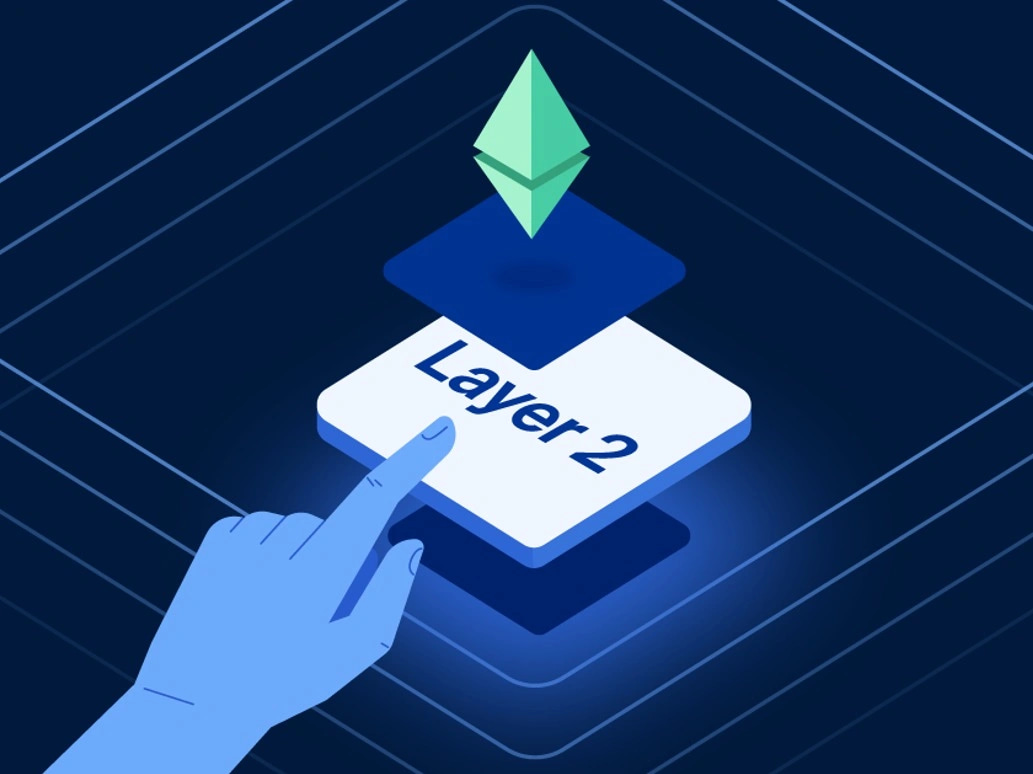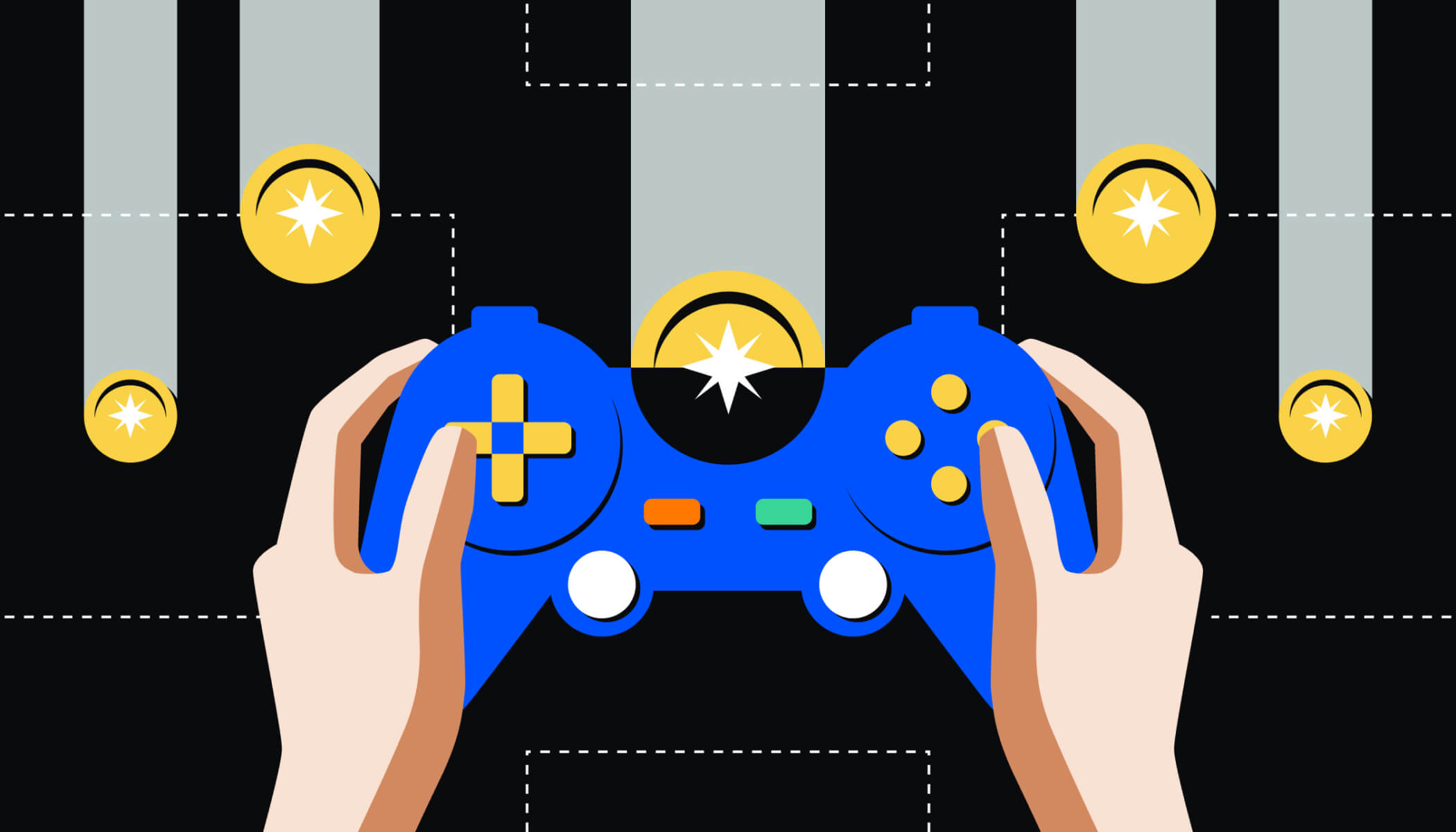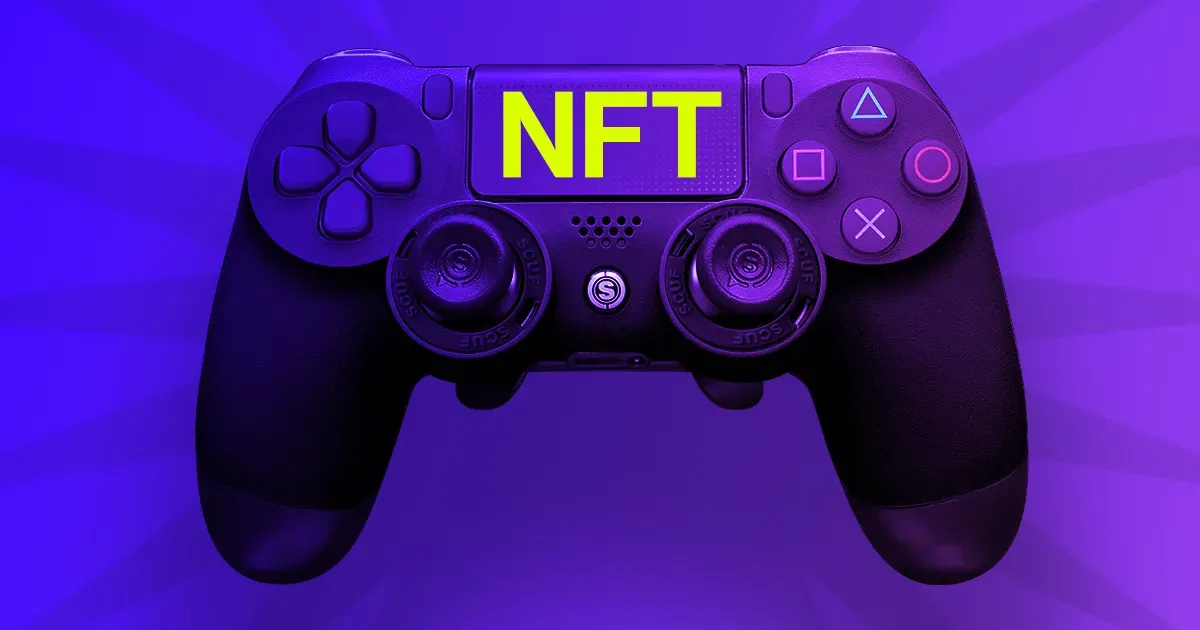Key Takeaways
- Play-to-earn gaming rewards players with cryptocurrencies, NFTs, or in-game tokens that hold real economic value.
- In 2025, the P2E model is shifting toward sustainable gameplay driven by skill, ownership, and interoperable digital assets.
- Players can profit through token rewards, asset trading, staking, and by participating in game-based digital economies.
What Is Play-to-Earn Gaming and How Can You Profit?
Play-to-earn (P2E) gaming has become one of the most talked-about innovations in the Web3 ecosystem. By combining blockchain technology, player ownership, and cryptocurrency rewards, P2E games offer financial opportunities far beyond traditional gaming. As the industry matures in 2025, the focus is moving away from speculation and toward long-term, utility-driven digital economies. Understanding how these games work—and how to earn sustainably—is essential for anyone entering the space.
How Play-to-Earn Gaming Works
At its core, play-to-earn gaming allows players to collect in-game assets—such as tokens, NFTs, skins, characters, or land—that can be traded or sold in open blockchain markets. Every item is recorded on-chain, ensuring verifiable ownership and the ability to transfer assets beyond the game itself.
In early P2E models, the primary value came from token emissions. Players were rewarded for spending time in the game, regardless of skill or strategy. But as unsustainable tokenomics collapsed during the last bear market, developers adopted new approaches. Today’s P2E games emphasize meaningful gameplay loops, skill-based progression, reduced inflation, and real utility for digital assets.
This shift has created more stable ecosystems where rewards are tied to engagement, competition, and long-term player retention—not just hype cycles.
Also read: How Web3 Gaming Actually Works: A Beginner’s Guide
Ways to Profit from Play-to-Earn Games
Players can profit from P2E games in several ways, depending on the game’s economy, token model, and asset structure. Here are the most common opportunities:
1. Earning Tokens Through Gameplay
Most blockchain games reward players with native tokens for completing quests, winning battles, contributing to the ecosystem, or participating in tournaments. These tokens can often be converted into other cryptocurrencies or stablecoins. The key is choosing games with strong tokenomics, fair emission schedules, and active communities.
2. Trading NFTs or In-Game Assets
Many P2E titles allow users to own characters, equipment, or land as NFTs. These assets may appreciate in value based on rarity, demand, or utility. Skilled players can earn by flipping rare items on marketplaces or by investing early in a game’s ecosystem before mass adoption.
3. Renting or Delegating Assets
Some games offer “scholarship” or delegation systems, where asset owners can lend NFTs to new players in exchange for a share of the earnings. This model allows passive income for asset holders and lowers the barrier to entry for beginners.
4. Staking, Yield Farming, or Governance Rewards
Certain P2E games integrate decentralized finance (DeFi) elements. By staking tokens or participating in governance, players can earn additional rewards or influence the development of the game’s economy.
Choosing the Right Play-to-Earn Games in 2025
With hundreds of blockchain games launching yearly, selecting the right projects is essential. Factors to consider include:
- Gameplay quality: Games with real entertainment value tend to have stronger retention and healthier economies.
- Tokenomics: Look for limited supply, controlled emissions, and real utility for the token.
- Team and partnerships: Reputable developers and strong investors often signal long-term stability.
- Community engagement: Healthy communities contribute to game longevity and marketplace liquidity.
Some of the leading Web3 gaming ecosystems in 2025 include titles building on networks like Immutable, Solana, Avalanche, and Polygon—known for scalability and low transaction fees.
The Future of Play-to-Earn Gaming
Play-to-earn gaming is evolving into a broader concept often referred to as play-and-earn or play-to-own, emphasizing real ownership over speculative rewards. As regulation becomes clearer and AAA studios enter Web3, the next generation of blockchain games will offer richer gameplay and more sustainable economies.
Conclusion
Play-to-earn gaming in 2025 is no longer just about quick profits—it’s about participating in immersive digital economies powered by blockchain technology. By choosing strong games, understanding token models, and engaging with the ecosystem strategically, players can profit while enjoying meaningful gameplay. As Web3 gaming continues to mature, the opportunities for earning and ownership will only expand.
Disclaimer: The information in this article is for general purposes only and does not constitute financial advice. The author’s views are personal and may not reflect the views of GameDegen.com. Before making any investment decisions, you should always conduct your own research. GameDegen.com is not responsible for any financial losses.




